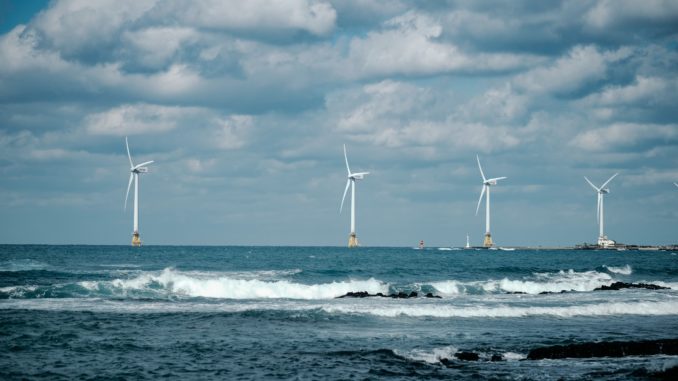
Wind energy is a form of renewable energy that harnesses the power of the wind to generate electricity. It is a clean, sustainable, and cost-effective way to produce power, and it is becoming increasingly popular as a source of energy around the world.
Wind turbines are used to generate wind energy. These turbines have blades that rotate as the wind blows, turning a generator that produces electricity. The turbines can be installed on land or offshore, and they come in a range of sizes, from small turbines for homes and businesses to large turbines for commercial wind farms.
One of the main benefits of wind energy is that it produces no greenhouse gas emissions, unlike fossil fuels such as coal and natural gas. Wind energy is also a relatively low-cost source of power, especially as the technology continues to improve and costs continue to decrease.
Another advantage of wind energy is that it is a reliable source of power. Unlike solar energy, which is dependent on the weather, wind energy can be generated day or night, and it is not affected by clouds or other atmospheric conditions.
Wind energy also has a relatively low impact on the environment. Wind turbines take up relatively little land, and the noise they produce is minimal. In addition, wind energy is a scalable solution, meaning that it can be used to meet the energy needs of small communities, large cities, and even entire countries.
Overall, wind energy is a rapidly growing form of renewable energy that has the potential to play a significant role in reducing our dependence on fossil fuels and fighting climate change. It is a cost-effective, reliable and environmentally friendly source of power that is becoming more popular around the world.
Examples of wind energy plants:
- Gansu Wind Farm, China: One of the largest wind energy plants in the world. It has a capacity of 20 GW and covers an area of over 70,000 acres.
- Alta Wind Energy Center, USA: One of the largest wind energy plants in the United States. It has a capacity of 1,550 MW and uses 586 wind turbines spread across a 9,000-acre area.
- London Array, UK: One of the largest offshore wind energy plants in the world. It has a capacity of 630 MW and uses 175 wind turbines spread across a 38 square mile area.
- Jaisalmer Wind Park, India: One of the largest wind energy plants in the country. It has a capacity of 1,064 MW and uses over 460 wind turbines spread across a 75,000-acre area.
- Fosen Vind, Norway: One of the largest onshore wind energy plants in Europe. It has a capacity of 1,000 MW and uses 278 wind turbines spread across six different locations.
